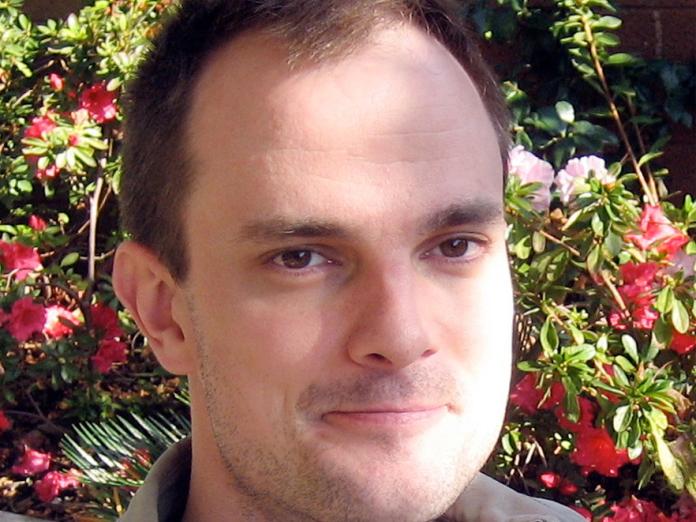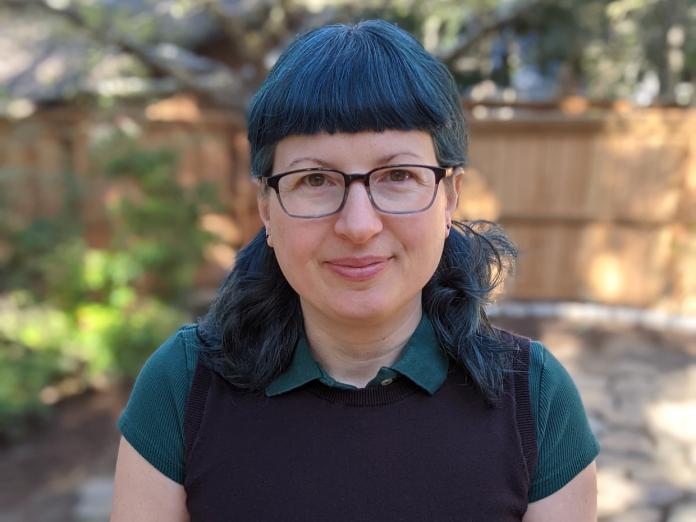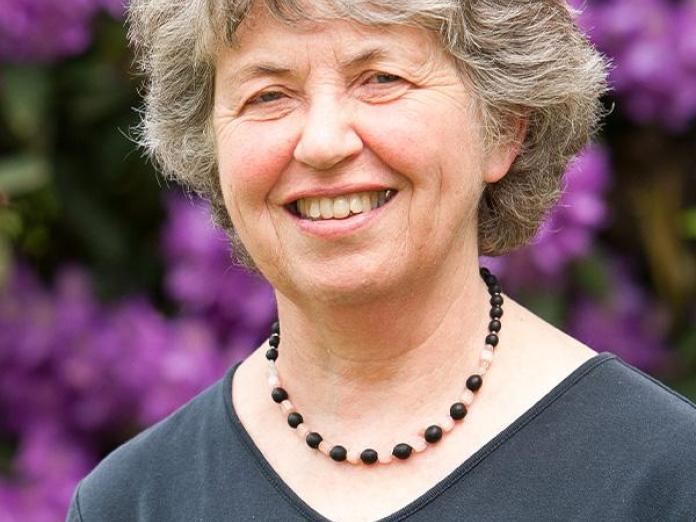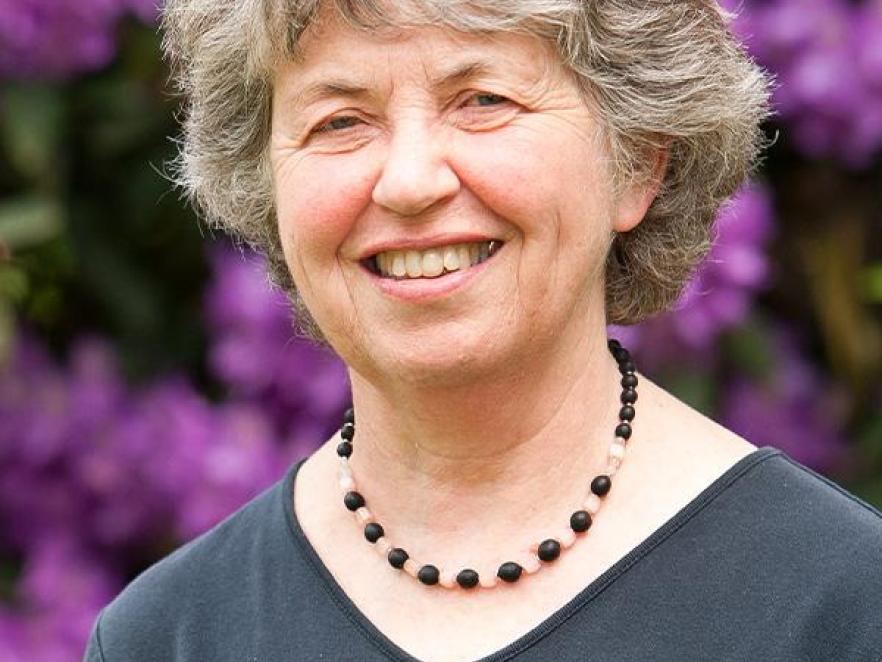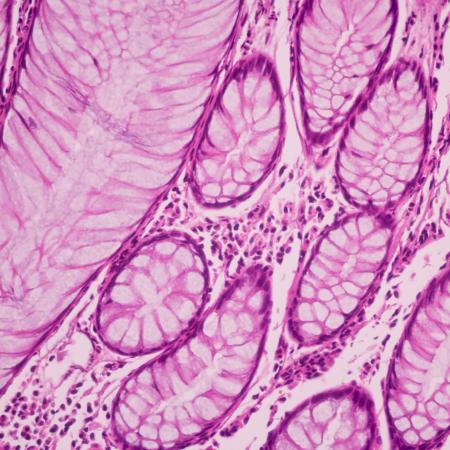Abstract algebra and number theory are broad areas of mathematics which formalize intuitive notions of symmetry, and which explore properties of integers and other closely related number systems. Modern research in these areas includes the exploration of deep questions of a purely theoretical nature, as well as applications to data transmission, information security, physics, and other areas of science and engineering.
Algebra and Number Theory

The center of a sunflower contains a pattern of seeds which radiates outward in spiral-shaped rows. Count the rows. Did you count 21? Or perhaps 34? The answer depends on whether you counted the spirals which curve in the clockwise direction, or in the counterclockwise direction. For all sunflowers, these two numbers are consecutive members of the famous Fibonacci sequence 1, 1, 2, 3, 5, 8, 13, 21, 34, 55, 89,.... Scientists believe that this pattern helps the flower maximize the number of seeds it can pack into a given area, to help its chances of reproductive success.
Algebra and number theory research faculty
At Oregon State, Jon Kujawa works in representation theory and algebraic Lie theory, particularly where it connects with combinatorics, low-dimensional topology, algebraic geometry, or category theory. Clay Petsche researches connections between number theory and dynamical systems, equidistribution, and height functions over local and global fields. Thomas Schmidt studies number theory, the dynamics of continued fractions, and Fuchsian groups related to translation surfaces. Holly Swisher does research in number theory and combinatorics including modular and mock modular forms, partitions, and hypergeometric series. And Mary E. Flahive's work in number theory is principally in Diophantine approximation, with techniques from the geometry of numbers.
Seminars, upcoming conferences, and programs
- Oregon Number Theory Days - An ongoing series of mini-conferences meeting three times per year, rotating between Oregon State University, the University of Oregon, and Portland State University
- OSU REU Program - For over 30 years OSU has hosted NSF supported summer research opportunities, often in number theory and related areas.
Past conferences
- 25th Automorphic Forms Workshop, March 23-26, 2011, Oregon State University
- Computational Representation Theory in Number Theory, July 27-31 2015, Oregon State University
- 2016 Pacific Northwest Number Theory Conference
Courses taught by faculty in algebra/number theory:
- MTH 343, Introduction to Modern Algebra
- MTH 440/540, Computational Number Theory
- MTH 441/541, Applied and Computational Algebra: Algebraic Coding Theory
- MTH 442/542, Applied and Computational Algebra: Groebner Bases
- MTH 443/543, Abstract Linear Algebra
- MTH 444, Abstract Algebra
- MTH 644, Abstract Algebra I
- MTH 645, Abstract Algebra II
- MTH 649, Topics in Algebra and Number Theory. Recent topics covered under this designation include Commutative Rings and Modules, Algebraic Geometry, Introduction to p-adic Analysis, Ergodic Theory and Translation Surfaces, Arithmetic Dynamics, Algebraic Number Theory, Riemann Surfaces, Class Field Theory, Modular Forms, Hypergeometric Functions.


